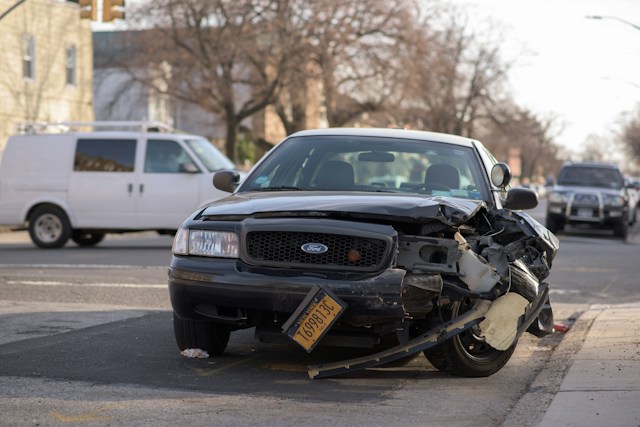Boosting the Sharing Economy Model
We’ve all heard about expensive ambulance rides: thousands of dollars for a short 15-minute emergency service ride. And then there are those who arrive at the hospital emergency room, waiting for hours because their injuries aren’t considered serious enough to warrant moving them ahead of others. This type of inefficiency not only upsets the patient but unnecessarily stresses critical medical services and the doctors, nurses, and staff that provide them.
Using Sharing Economy to Reduce Hospital Bottlenecks
Now, Washington, D.C. Fire and EMS Department Chief Gregory Dean and colleagues are considering using ridesharing services like Lyft and Uber as well as regular taxi services to relieve strain on the city emergency fleet and its staff. According to Dean, the department receives too many calls, about 160,000 a year, for its fleet to handle and has to come up with creative ways to provide professional services to all. Particularly difficult situations arise when a patient calls for an ambulance, but their injuries aren’t serious while another call comes in at the same time and the medical situation is critical; the disconnect in the system is obvious.
Of the 160,000 calls received at the D.C. 911 Call Center, an analysis showed that the majority of calls weren’t serious emergencies. Dean’s plan is to staff 911 call centers with nurses who will do a medical evaluation and decide whether or not a patient should go directly to an emergency room or a doctor’s office. In cases where the injuries aren’t serious, doctors offices in different locations will be available for outpatient care.
This type of arrangement isn’t new for Uber and Lyft. For example, Uber is already helping senior and physically challenged citizens in Atlanta, Georgia to keep appointments, attend exercise classes, and similar services. In addition, in rural areas where bus services may be intermittent, ridesharing services are filling the void for those who would have no other way to make it to a destination.
The following video explains how Lyft is growing with 13.9 million monthly riders and new concierge services for companies like Walmart who have special software to order and manage ride volumes for employees.







